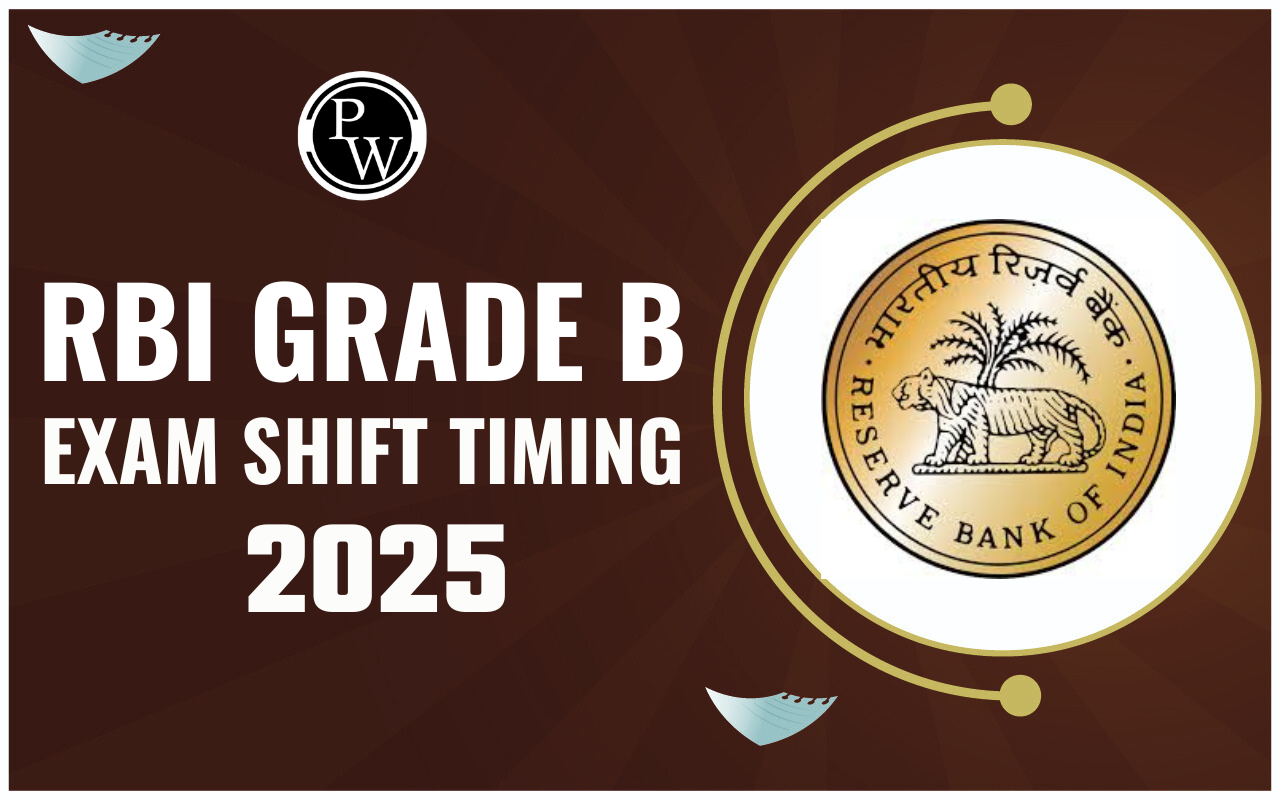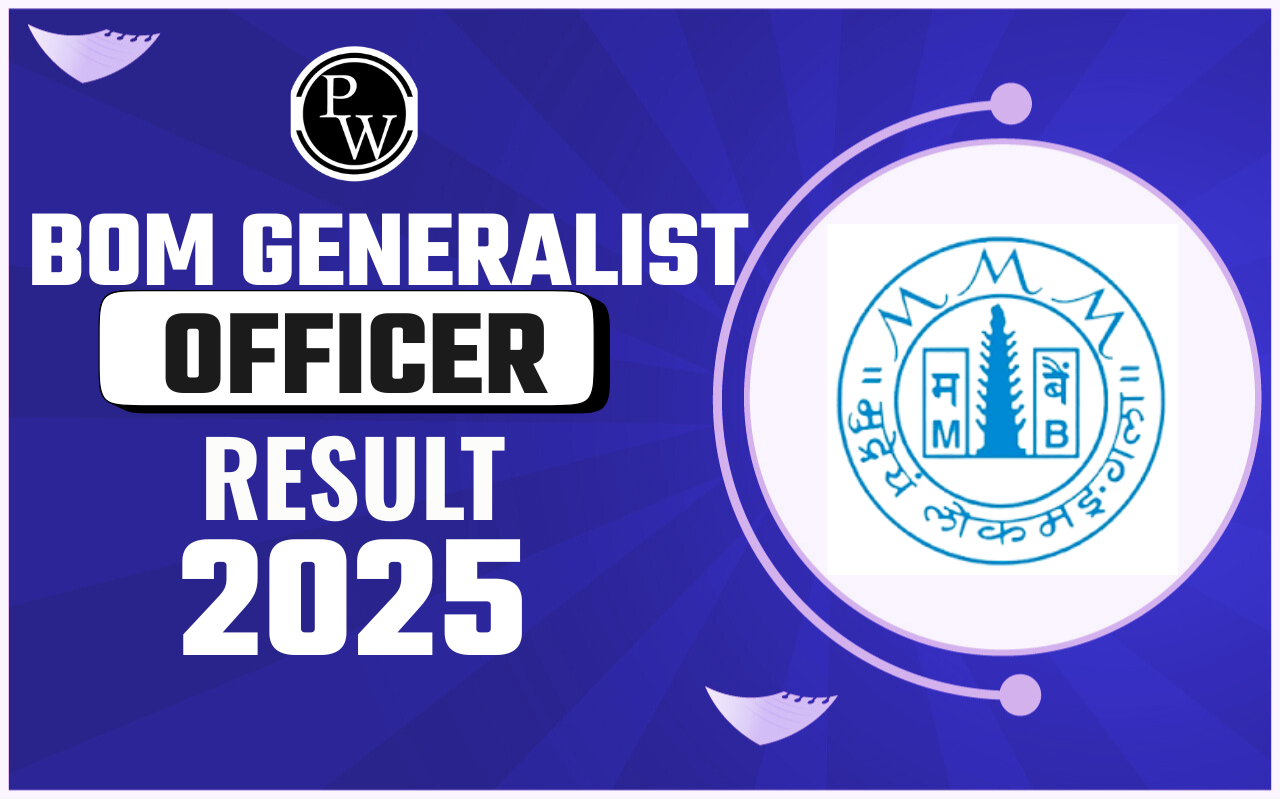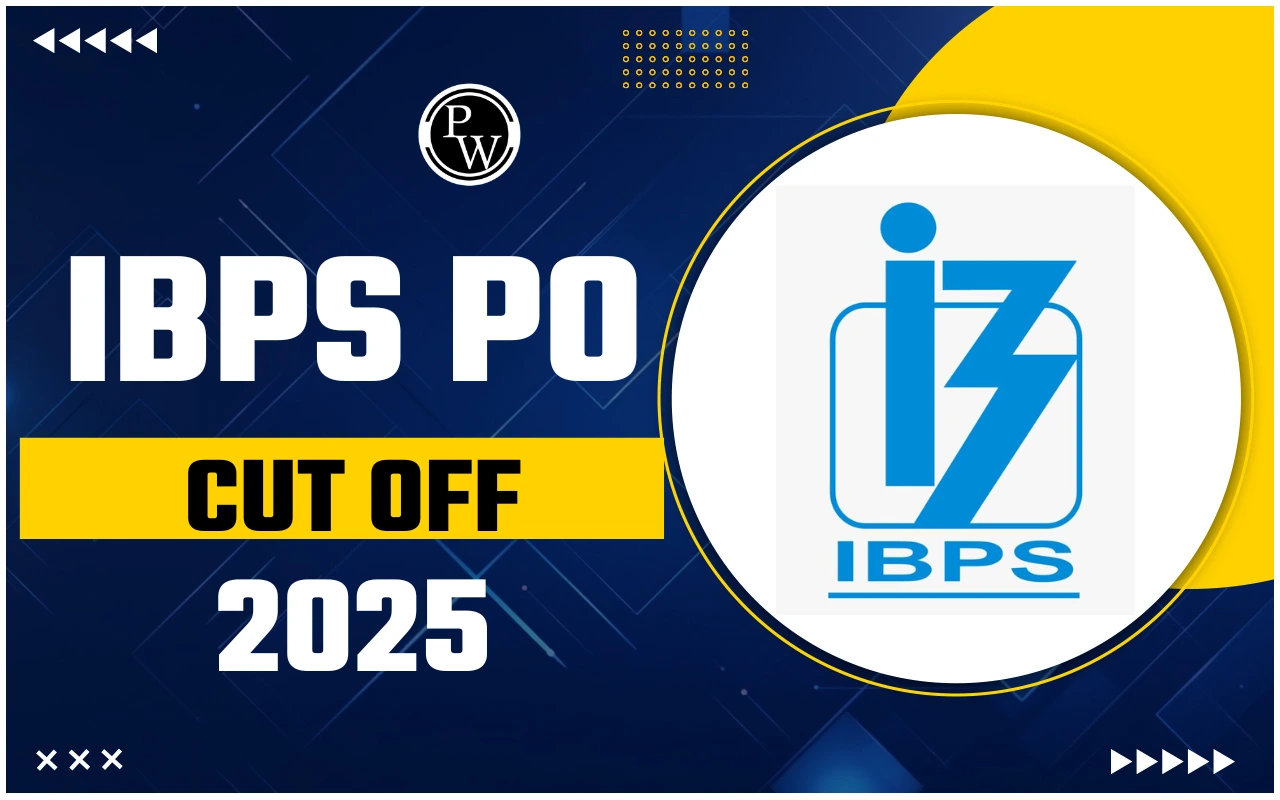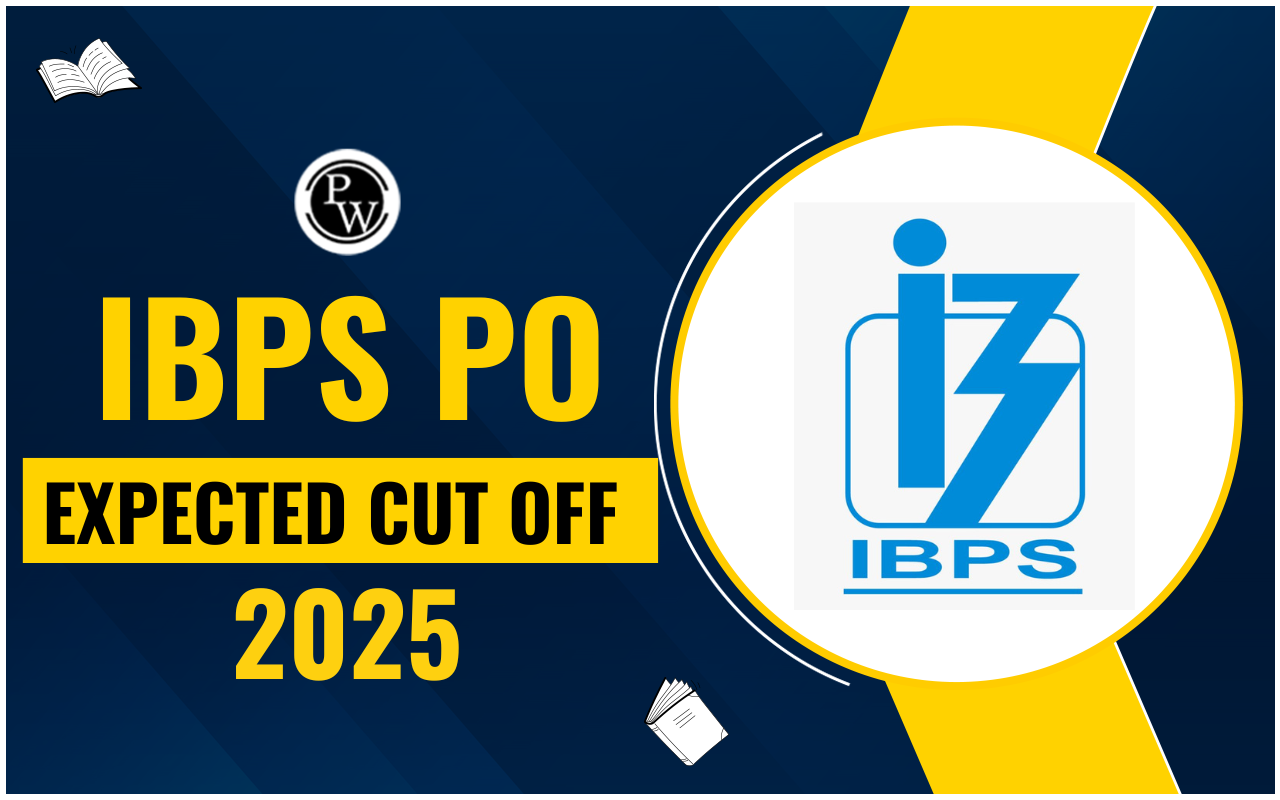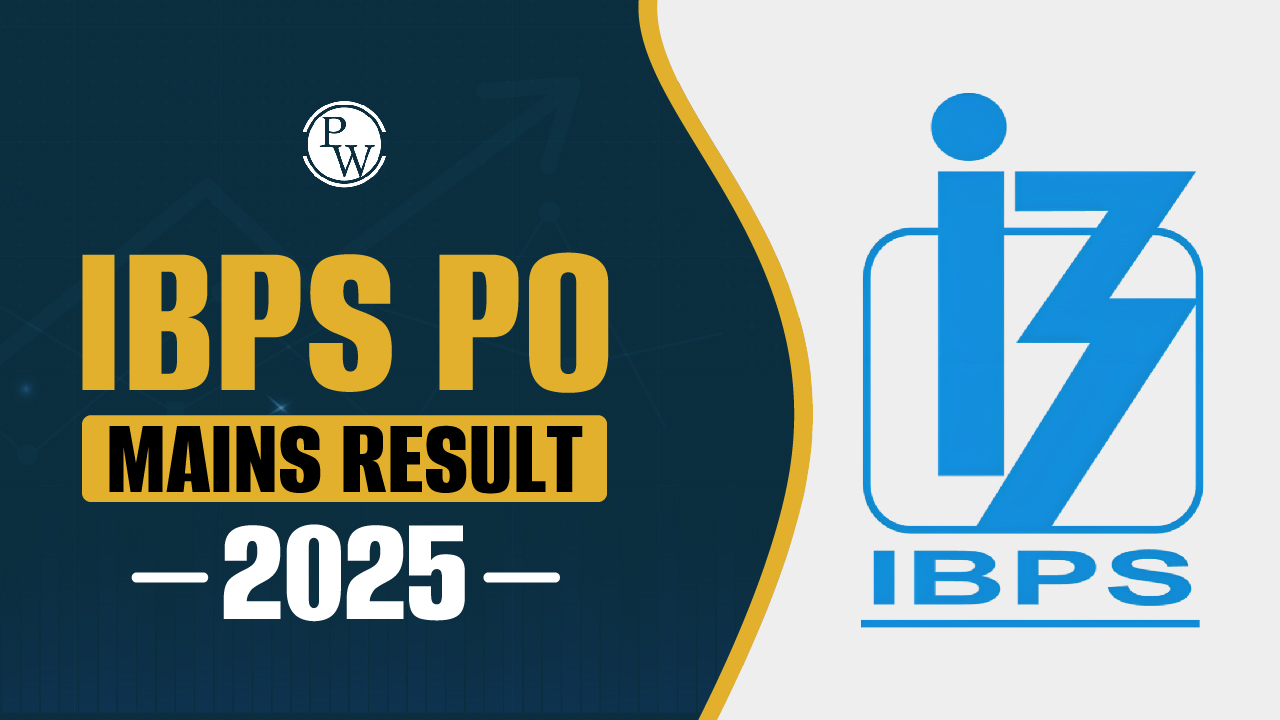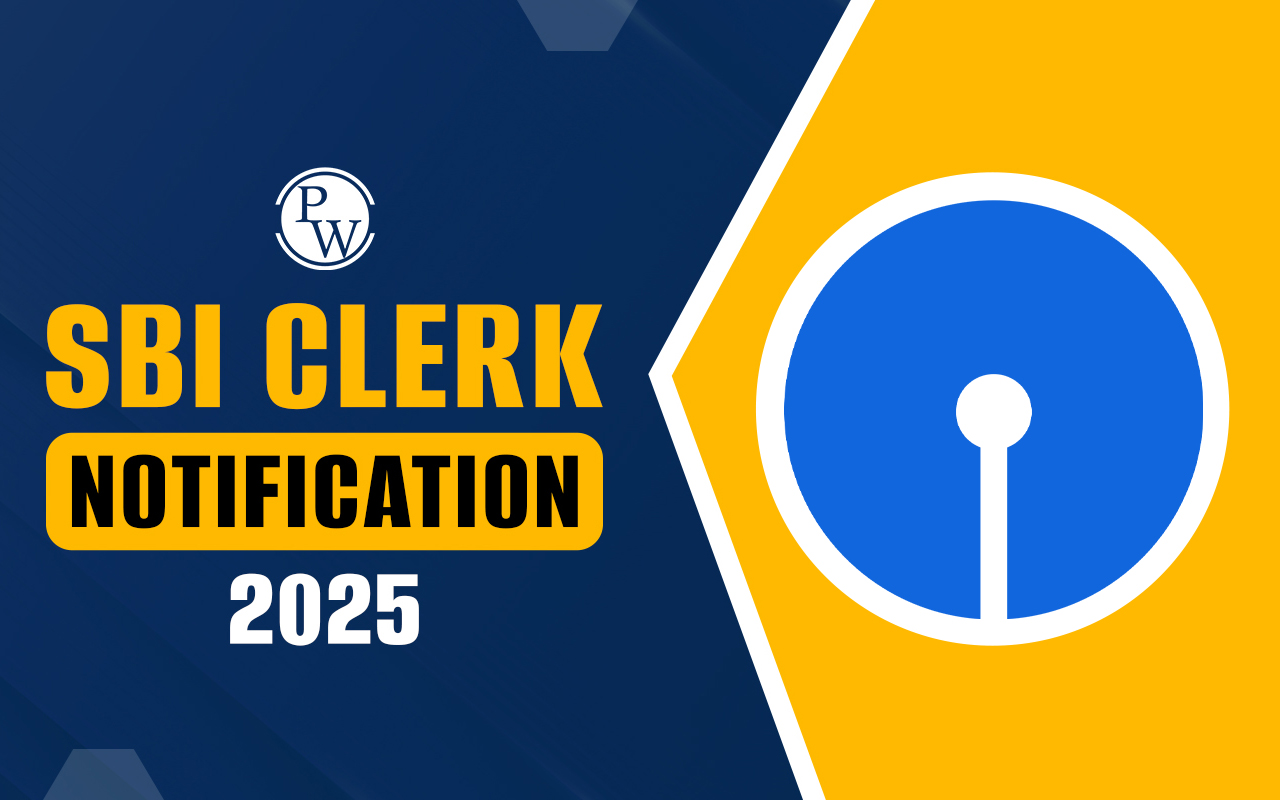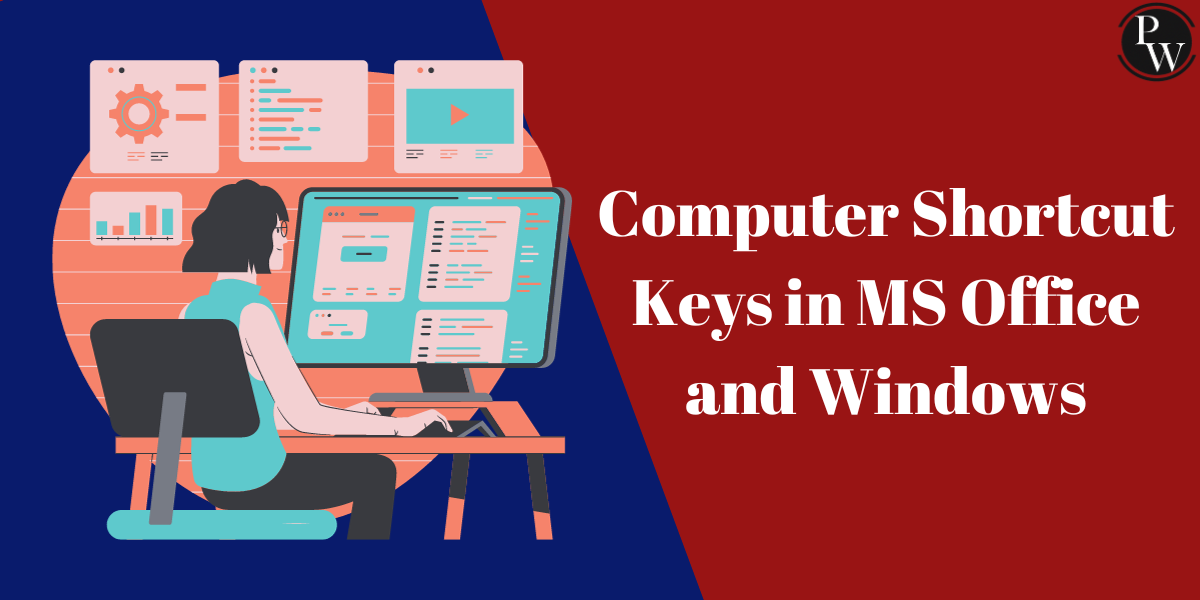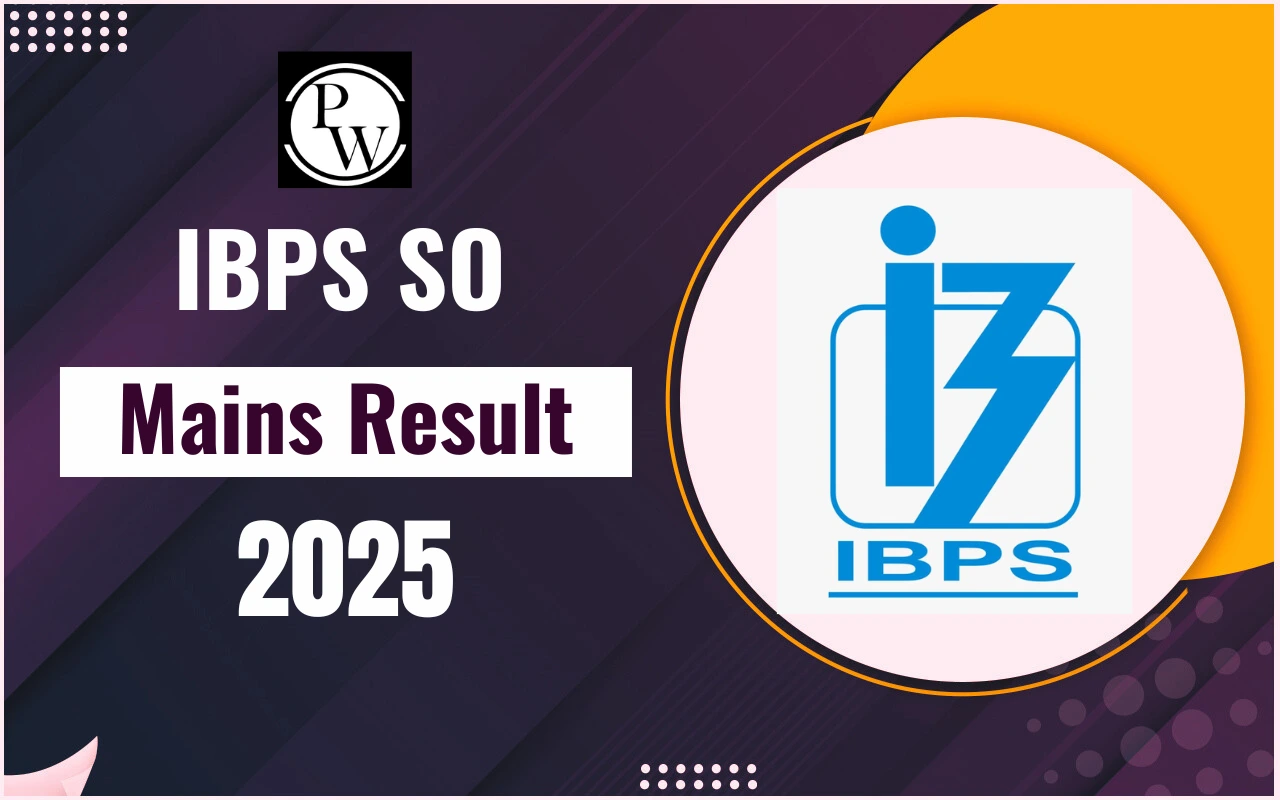

RBI Grade B Reasoning Previous Year Question Paper indicates the reasoning test of the RBI Grade B officers examination (previously), especially the first part of the exam. With the help of the past year question papers, the candidates will get some idea about the subject of the reasoning questions, puzzles, seating arrangements, analytical reasoning type questions, coding-decoding type questions, and others that were asked in the past year question papers, the number of questions asked on each topic, and the general level of difficulty of the section of reasoning ability.
Once more, a candidate, after rereading the reach of last year's question papers of 2019-2024, will gain valuable insights in terms of what is trending, weighted areas, and how the reasoning ability should be structured in preparing the exam in cyclic sessions and recycling experiences in a time constraint.
RBI Grade B Reasoning Previous Year Question Paper
RBI Grade B Reasoning Previous Year Question Paper helps to implement a planning-based strategy that blends the abstract knowledge and strict practice for the RBI Grade B exam. Some of the strategies to succeed with reasoning include the use of previous question papers, prioritizing on the topics that have the greatest output in reasoning, as well as practicing in various logical reasoning questions.
| RBI Grade B Reasoning Previous Year Question Paper Trend Overview | |||
| Topic | Avg. No. of Questions | Range (2019–2024) | Difficulty Trend |
| Seating Arrangement | 12 | 10–14 | Moderate–Difficult |
| Puzzle | 15 | 10–20 | Moderate–Difficult |
| Analytical Reasoning | 11 | 9–12 | Moderate |
| Syllogism | 3 | 2–5 | Easy–Moderate |
| Alphanumeric Series | 2 | 0–3 | Moderate |
| Inequality | 2 | 0–3 | Moderate |
| Input–Output | 5 | 5 | Moderate–Difficult |
| Data Sufficiency | 3 | 0–5 | Moderate |
| Coding–Decoding | 2 | 0–4 | Moderate |
| Blood Relation | 2 | 0–5 | Easy–Moderate |
| Direction Sense | 2 | 0–4 | Easy–Moderate |
| Ranking & Order | 2 | 0–3 | Easy–Moderate |
RBI Grade B Reasoning PYQs with Answers
RBI Grade B Reasoning Previous Year Question papers offer aspirants a clear understanding of the recurring patterns and types of questions asked in the RBI Grade B reasoning section. Practicing these questions not only builds confidence but also sharpens time management skills. A Few Sample PYQs with Answers are given below:
-
Question: In a certain code language, “BANK” is written as “CNML.” How is “NOTE” written in the same code?
Answer: The pattern involves shifting each letter by +2 in alphabetical order. Thus, N → P, O → Q, T → V, E → G. So, “NOTE” becomes “PQVG.” -
Question: Five friends—P, Q, R, S, and T—are sitting in a row facing north. Q is to the immediate right of P, R is at the extreme left, and S is to the immediate left of T. Who is sitting in the centre?
Answer: Arranging as per clues: R, P, Q, S, T. The center seat is occupied by Q. -
Question: If all the vowels are removed from the word “REASONING,” which letter will be third from the right?
Answer: Removing vowels: “RSNNG.” Third from right is S.
RBI Grade B Reasoning Previous Papers PDF
RBI Grade B Reasoning previous papers in PDF format help in the simplification of the revision process. These PDFs include questions that are collected over several years, which allows aspirants to train on different types of questions in a structured manner. Aspirants are encouraged to take these papers in a timed environment to imitate the actual test environment, which will help in cultivating speed and accuracy. To make the best out of these, aspirants are recommended to take these papers in a time-constrained environment, which will help them develop speed and accuracy.
-
Download and Print: Having the physical copies is beneficial in practicing and annotating it offline.
-
Solve in sections: By specializing in one section of reasoning at a time (e.g., puzzles, seating arrangement), targeted learning is improved.
-
Review Solution: It is essential to examine the given solutions to realize how to do it correctly and not to make the same mistakes.
RBI Grade B Logical Reasoning Questions
Logical reasoning is a core component of the RBI Grade B exam, encompassing various question types such as syllogisms, inequalities, puzzles, seating arrangements, coding-decoding, blood relations, and data sufficiency. The diversity and complexity of these questions require a well-structured approach.
Common Logical Reasoning Types:
-
Syllogisms: Assess the ability to deduce conclusions from given statements.
Example: -
Statements: All flowers are trees. Some trees bear fruit.
-
Conclusion: Some flowers are fruits.
-
Answer: Cannot be concluded directly.
-
Seating Arrangement: Involves arranging people based on given conditions.
Example: -
Eight people sit around a circular table; some face inward, others outward.
-
Approach: Draw a diagram, note positions, and apply given conditions sequentially.
-
Blood Relations: Questions based on family relationships.
Example: -
A is the brother of B. C is the mother of A. D is the father of C. How is D related to B?
-
Answer: D is B’s grandfather.
-
Coding-Decoding: Tests pattern recognition and logic application.
Example: -
If “GATE” is coded as “ICVG,” how is “BANK” coded?
-
Approach: Apply the same coding rule.
RBI Grade B Reasoning Important Topics
Focusing on relevant issues means that the time of preparation is well used. The reasoning part is general, but there tend to be ones that are more significant, and they are tested more frequently. Important Reasoning Topics
-
Puzzles and Seating Arrangement: This topic normally constitutes the biggest section of reasoning. Even the most complicated variable-based puzzles will require practice on your part.
-
Inequality: Learn about direct and coded inequalities. You also need to know about the logical connectors, symbols and order of operations.
-
Syllogism: Before and New pattern syllogisms are usually encompassed in the reasoning subjects.
-
Coding-Decoding: Puzzles-Old and New pattern will also be the subjects.
-
Blood Relations and Direction Sense: This is a basic subject of logical reasoning, which is commonly observed as a separate question.
-
Input-Output: You will be going through the operation process; you will practice to be more accurate.
-
Data Sufficiency: A test of whether you know whether the statements made are sufficient to answer a question.
RBI Grade B Reasoning Practice Paper
Perfection in reasoning is achieved by practice. Being able to solve the RBI Grade B reasoning practice papers will enable aspirants to gauge the completeness of their preparation and comprehend their strengths and weaknesses, and enhance test preparation strategies. Patterns of Effective Practice:
-
Regular Mock Tests: The full-length practice papers on the experience time can be taken to enhance speed and capacity to concentrate for a longer time during the exam.
-
Error Analysis: It is a fantastic method of analyzing errors which are made at the end of the test in order to know the gaps in learning the concepts as well as to learn never to repeat errors.
-
Sectional Practice: Target specific sections by practicing the targeted sections.
-
Time Management: It is necessary to dedicate certain time to practice one question or part of the test at a time to experience the exam pressure.
RBI Grade B Reasoning Previous Year Question Papers FAQs
What is the benefit of using RBI Grade B reasoning past year papers in preparation?
Which are the most significant areas of the RBI Grade B asking questions?
What can I do to enhance my logical reasoning?
Is DI difficult in the RBI Grade B exam 2025?



